7 Smart Black Friday Shopping Tips to Get the Best Deals in 2025
Dreame Editorial Team
|
Black Friday is the best time of year to get a fantastic deal, but the sheer number of offers can be noisy. The secret to actually saving money isn't complicated. It's about knowing what you want and where to look.
We're here to help you get the best deal, stress-free. Here are our 7 top tips for shopping smart.
The #1 Black Friday Tip? Get on the List
The best Black Friday "hack" isn't a secret code; it's getting early access. Brands save their best, limited-stock deals for their email lists. By the time deals go public, the top-tier models are often already sold out. Don't miss out.
How Do I Get the Best Deals on Black Friday?
The best way to get Black Friday deals is to do your research early. Make a prioritized wish list, set a firm budget, and sign up for brand email lists for early access. Black Friday officially falls on November 28, 2025, but the best deals often launch the week before and sell out quickly. Here's a simple timeline:
Early November: Start your research. Decide what you actually want to buy and make a prioritized wish list. Set your firm budget now.
Mid-November (around Nov 10th-17th): Start looking for leaked or released Black Friday ads. Check price histories for your wish list items.
Week Before (Nov 24th-27th): This is when most major online deals launch. Sign up for brand email lists (like Dreame's) before this week to get crucial early access.
Our Top 7 Black Friday Shopping Tips
Tip 1: Set Your Budget (and Actually Stick to It)
The "Black Friday frenzy" is designed to make you overspend. The easiest way to prevent buyer's remorse is to set a firm budget before you see a single deal. Use a spreadsheet or a note app and commit to it. This simple step puts you in control and ensures you only buy what you actually planned for.
How much to set? That’s up to you, but as a yardstick, Canadian shoppers plan to spend about $1,675 this holiday season on gifts, travel, and entertainment (PwC Canada 2025). For comparison, the Retail Council of Canada’s 2024 survey pegged a more narrowly defined “holiday shopping” budget at $972, so your own target will depend on what you include.
If you’re just chasing a few deals, you could set a more conservative Black Friday-only cap around $250–$420e. If you’re shopping for electronics, budgeting ~$1,200 could align with broader nongift or gift allocations for major items. Once you know how much you’re willing to spend, shop to the number, not the %-off.
Tip 2: Make a Prioritized "Wish List"
Don't "just browse." This is a trap that leads to impulse-buying things you don't need. Take two minutes to create a wish list, splitting it into two categories:
“Must-Haves” (e.g., new robot vacuum, winter coat)
“Nice-to-Haves” (e.g., new headphones, air fryer)
“Christmas Gifts” (e.g. disposable camera, LEGO)
Focus your budget on the "Must-Haves" first. If there's money left over, you can move on to your other list, guilt-free.
Tip 3: Research Prices Now to Spot "Fake" Deals
A "50% Off" tag is meaningless if the price was inflated a week before. This is a common tactic. The only way to know if you're actually getting a deal is to research an item's real price history. Use browser extensions like CamelCamelCamel (for Amazon) or Honey (works across many sites) to see what an item sold for last month.
Tip 4: Plan Your Shopping Window (It's Not Just Friday)
"Black Friday" is a misnomer; it's really "Black November." Most of the best online deals launch on the Monday of that same week (Nov. 24, 2025). The best "doorbuster" deals on high-demand items often sell out by Wednesday. Don't wait until Friday morning, or you'll likely miss the best stock.
Tip 5: Compare Models, Not Just Prices
It's tempting to grab the cheapest TV or vacuum you see, but be careful. Retailers often push "derivative models"—special, slightly-different versions of popular products made just for Black Friday. These models often look similar but may use cheaper parts or have fewer features.
Always check the model number. A $420 deal on a flagship 2025 model is often a much better value than a $350 deal on a cheap 2024 derivative.
Tip 6: Check the Return & Warranty Policy
A great deal can be ruined by a "Final Sale" or "30-Day Warranty" policy. Before you buy, check the fine print. Does the sale item come with a full warranty? What is the holiday return window? Reputable retailers often extend their return windows to late January, giving you peace of mind.
Tip 7: Watch Out for Scams and Phishing
If a deal on social media or in an email looks too good to be true, it probably is. Scammers use Black Friday to create fake sites and phishing emails. Never click suspicious links. Always shop directly on brand websites you trust or from major, reputable retailers.
More Black Friday 2025 Questions? We Have Answers
Are Black Friday deals available online?
Yes. In 2025, virtually all Black Friday deals are available online. Many are "online-only" and start days earlier than in-store sales, making it the best way to shop.
What are the 2025 Black Friday trends?
This year, the biggest trends are "premium-for-less." According to PCMag, shoppers are focusing on big-ticket investments: 1) High-Tech Home Goods (like robot vacuums and smart displays), 2) Premium Electronics (like OLED TVs), and 3) WFH Upgrades.
What are the most popular purchases this Black Friday?
According to sales data analysis, the most popular items are electronics (laptops, headphones), large appliances, and high-tech vacuums. Any item that is normally a "splurge" (like a premium, self-emptying robot vacuum) sees its highest sales of the year.
Where are some of the best places to shop?
It depends on what you're buying. Brand Sites often have the best "bundles" (e.g., a vacuum + extra accessories). Major Retailers (Amazon, Best Buy, Target) are the best for price-matching and comparing different brands at once.
Are there any Black Friday shopping apps I should use?
Yes, but use them for one purpose: price history. Apps like Keepa or browser extensions like Honey can show you an item's price history on Amazon, so you can see if a "deal" is really a deal. For the best deals, the most important "app" is the brand's own email list.
What are some common Black Friday shopping mistakes to avoid?
The biggest mistake is "browsing" without a list, which leads to impulse buys. Other common mistakes include: 1) Buying "derivative" models (cheaper versions of popular products), and 2) Ignoring the return policy (many "doorbusters" are final sale).
How to prepare for Black Friday shopping?
Start early in November. Set your budget, make your wish list, sign up for early access email lists today, research price histories, and plan to shop the week before the main date, not just on the day.
Are Black Friday ads released early?
Yes. Most major ads from retailers like Best Buy, Walmart, and Target are leaked or officially released 1-2 weeks before. This is the perfect time to compare ads to your wish list.
Your Black Friday Research Starts Here
Two of the most common questions are so important, we gave them their own guides.
Are Black Friday prices really the lowest of the year? And what about Cyber Monday? Read our full guide: Black Friday vs Cyber Monday: Which Offers More Value?
Not sure what kind of vacuum you should even be looking for? We break down the pros and cons. Read our guide: Wet/Dry Vacuums vs. Robot Vacuums: The Ultimate Showdown.
Ready to see the official deals? Check out all the current savings on robot vacuums, wet dry vacs, and more: Shop the Dreame Official Black Friday Event





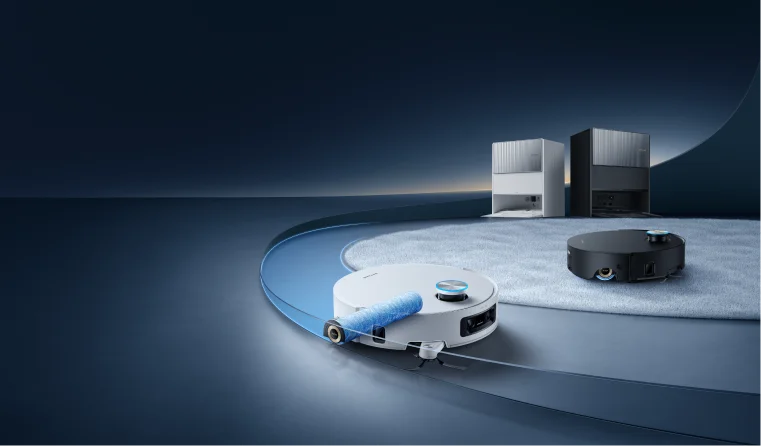

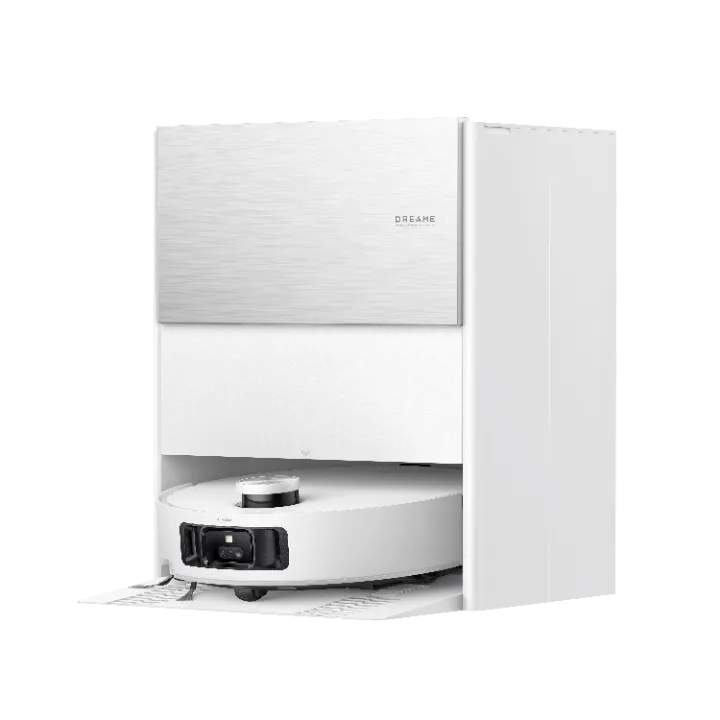
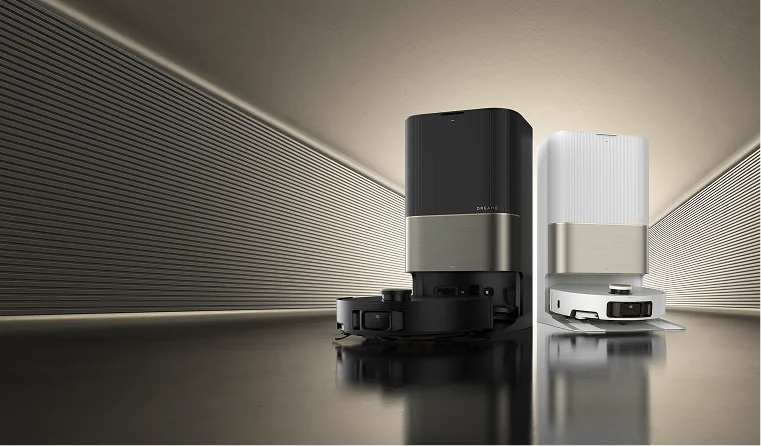

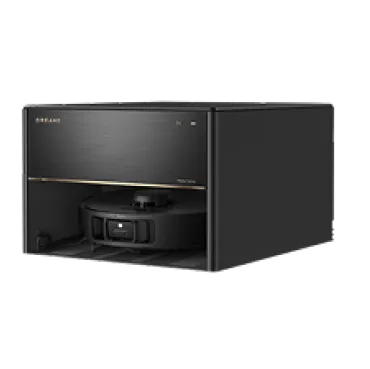
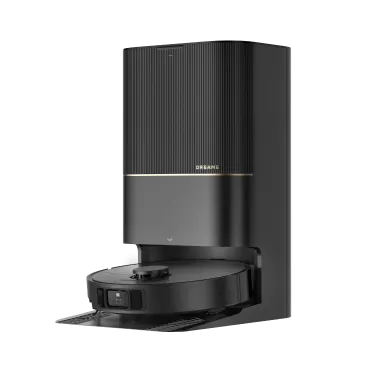
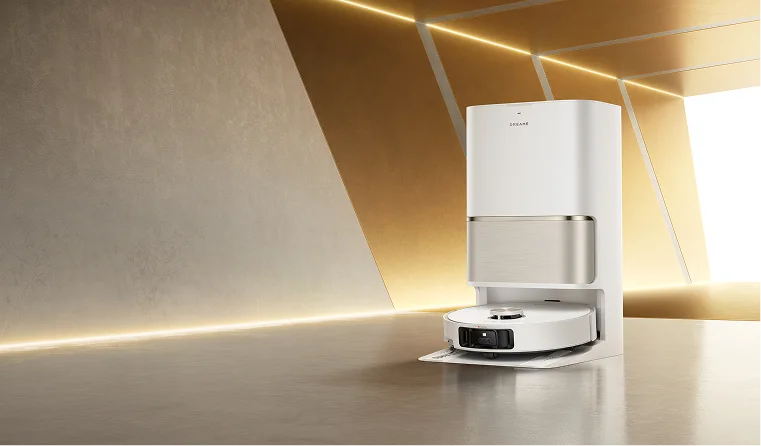
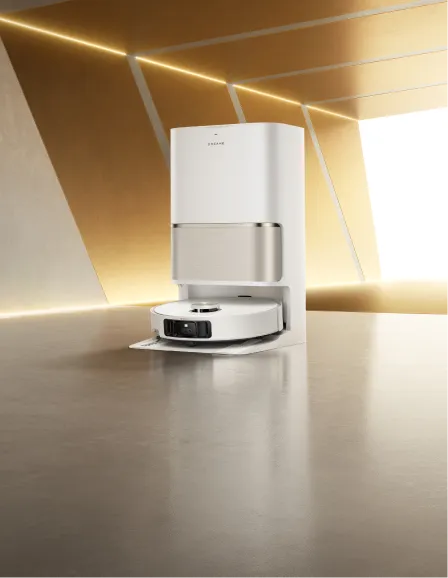
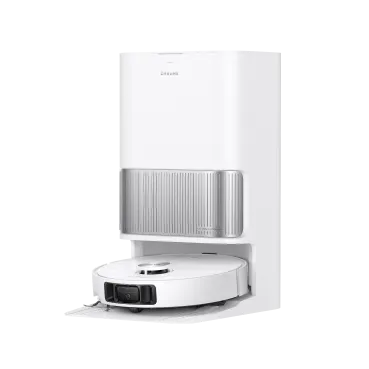
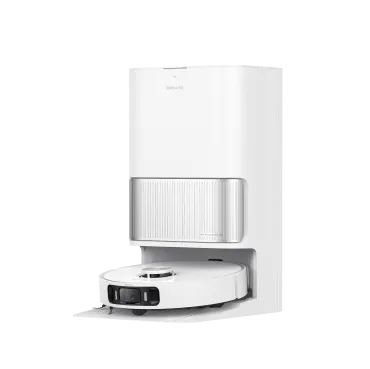
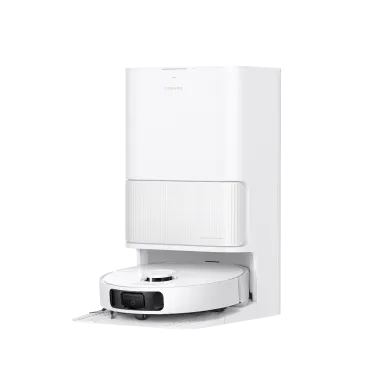
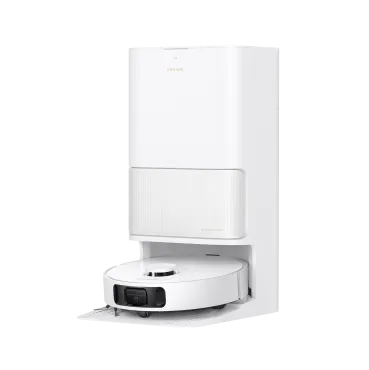
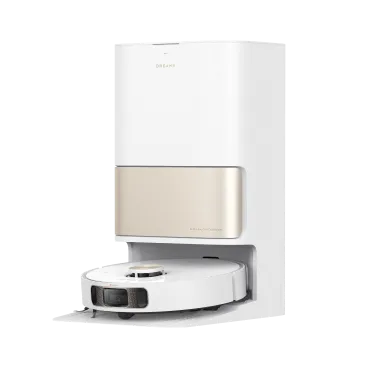
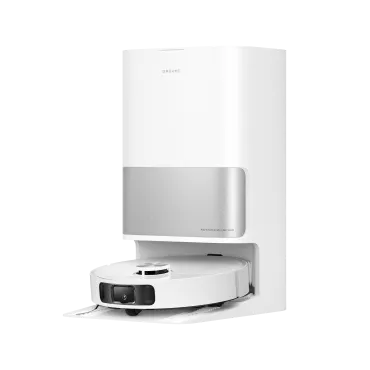
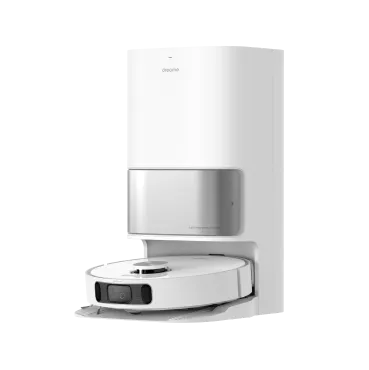






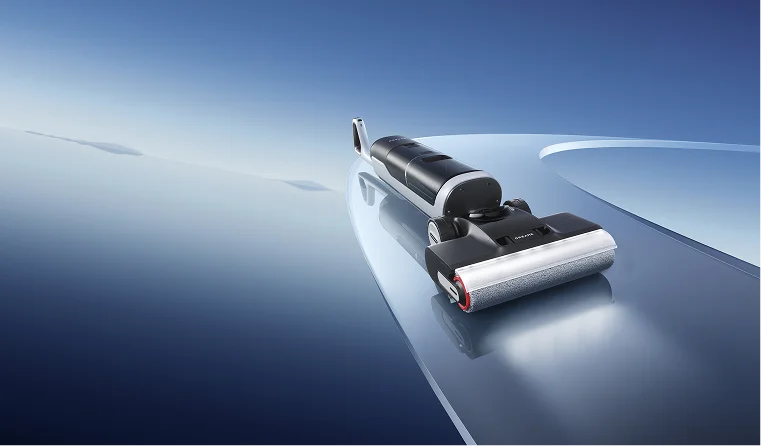
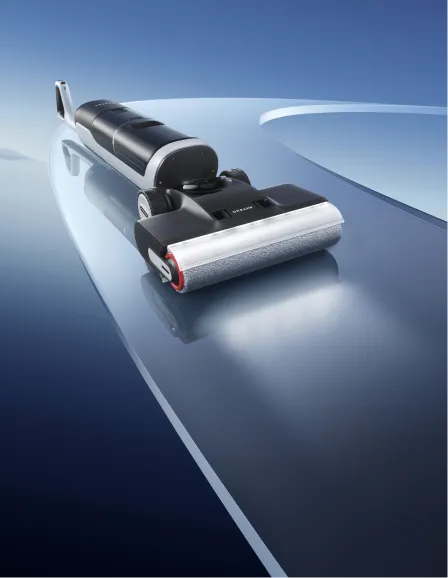
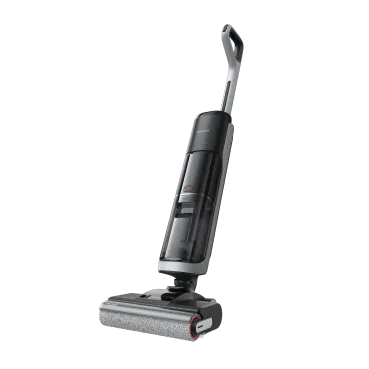
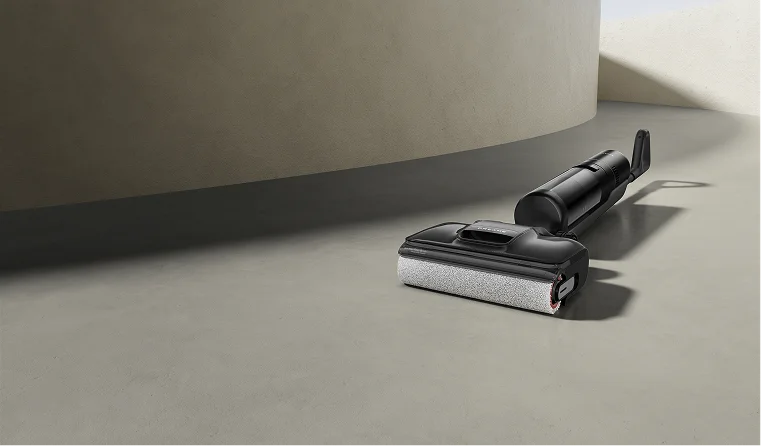
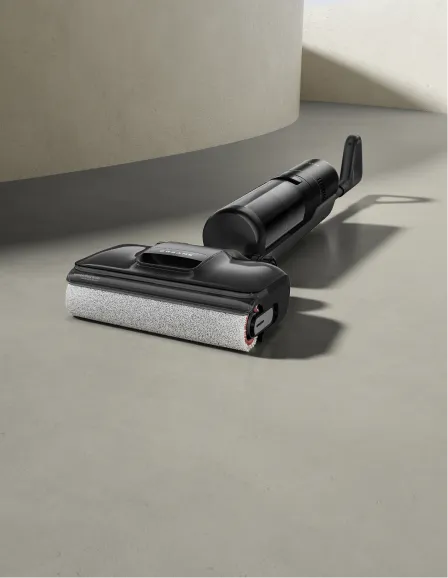
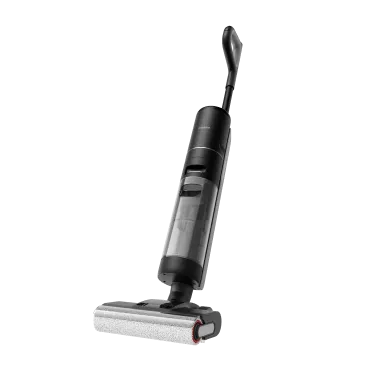

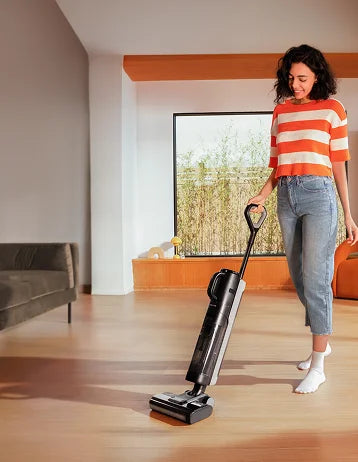

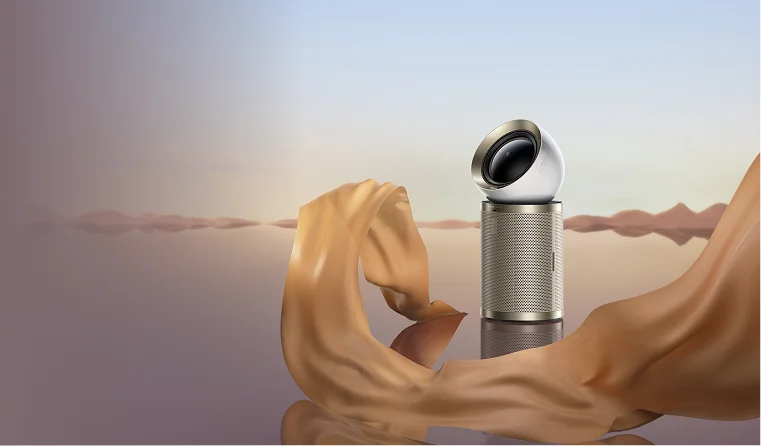
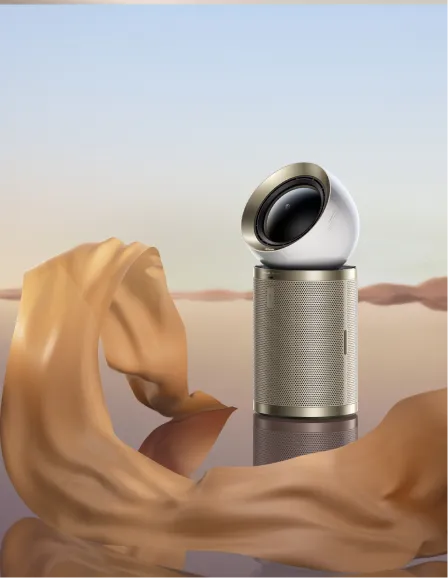

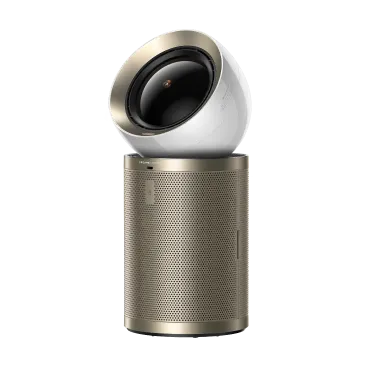
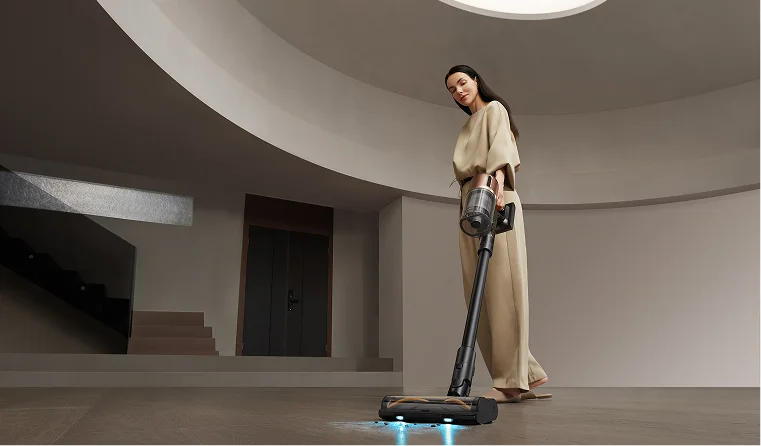
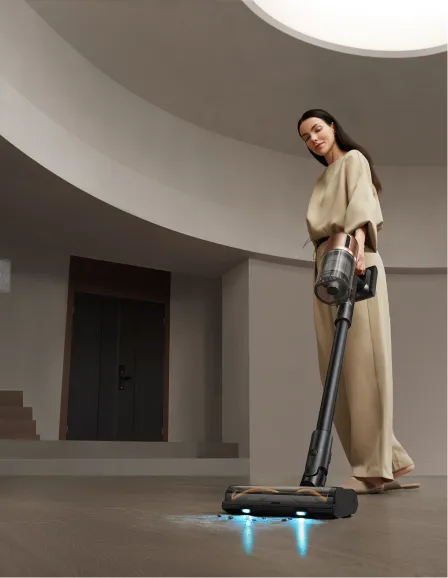


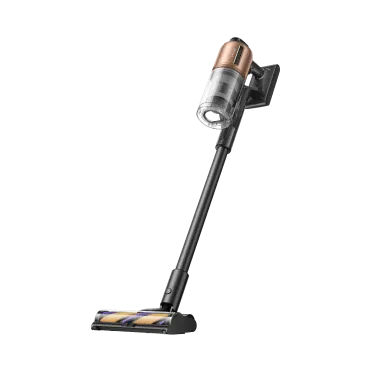
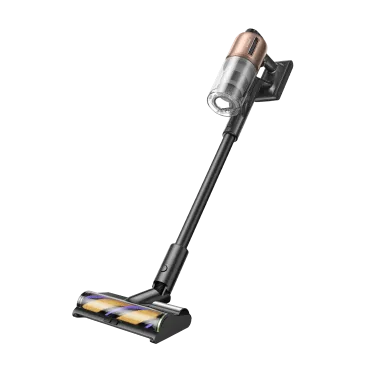
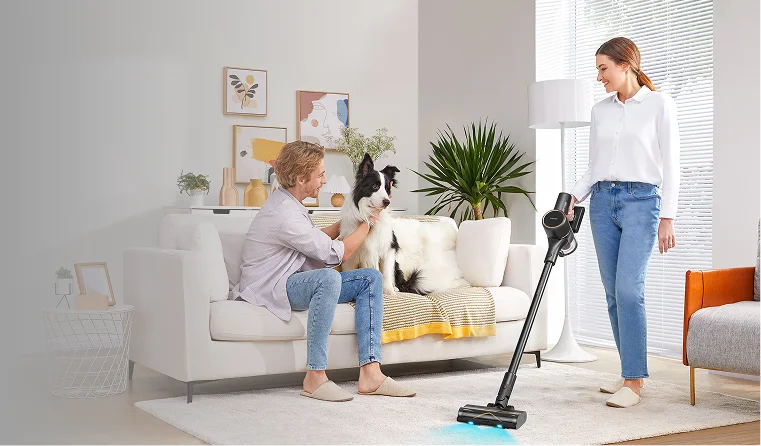
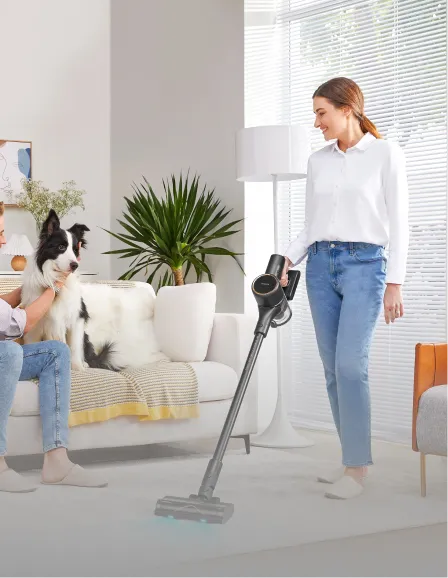

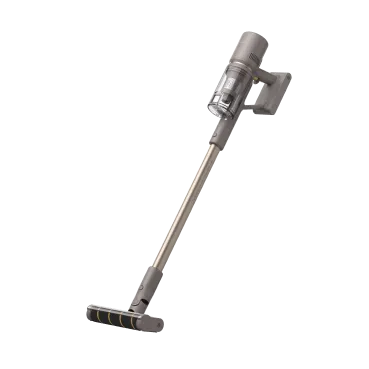

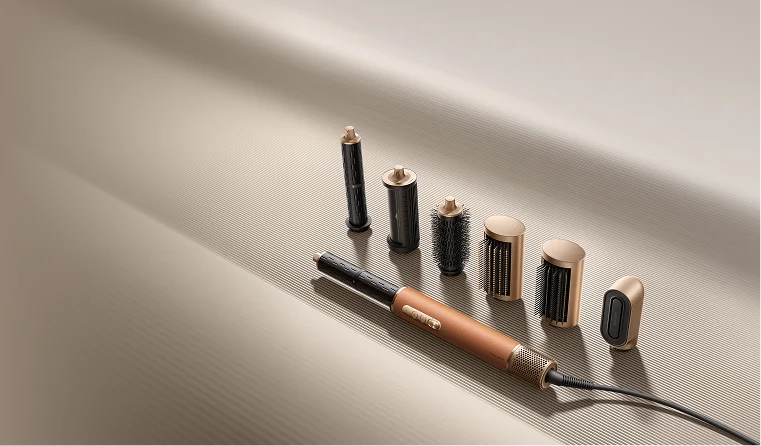

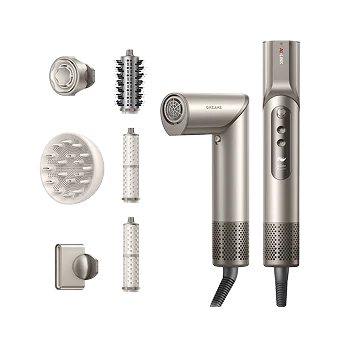


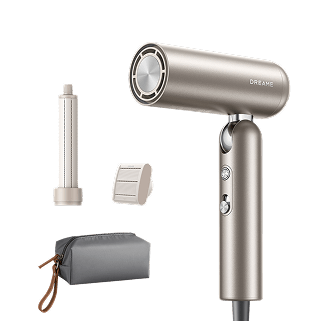
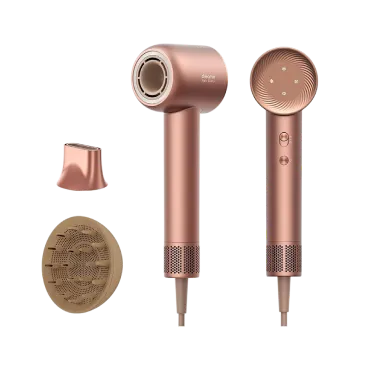
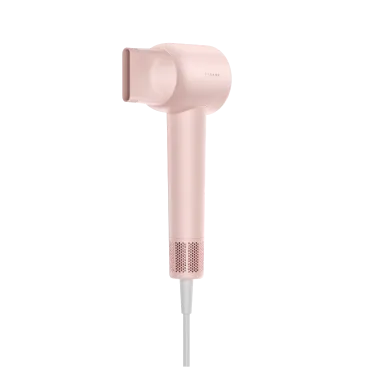
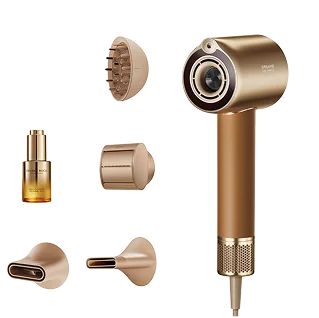
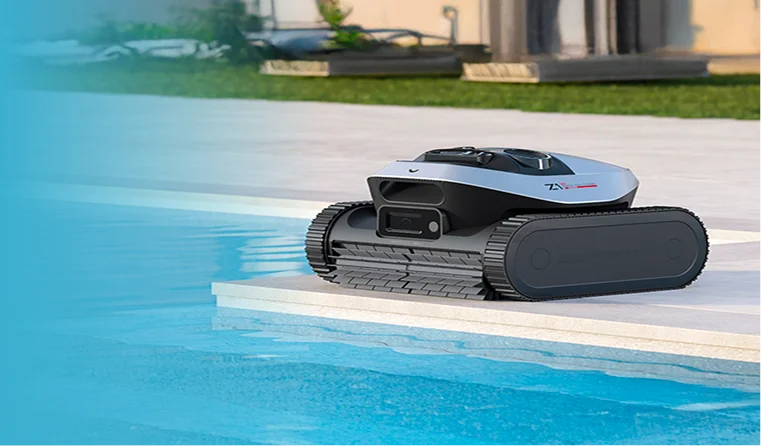
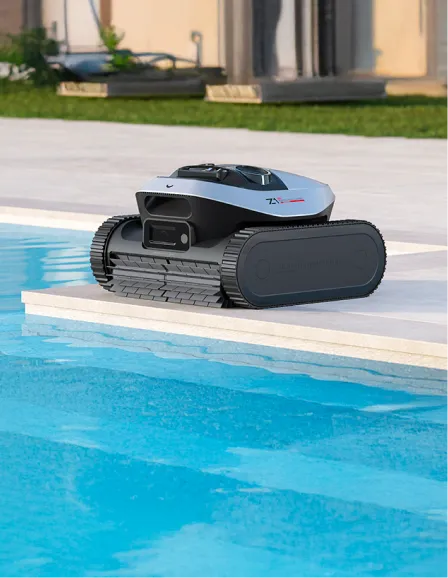
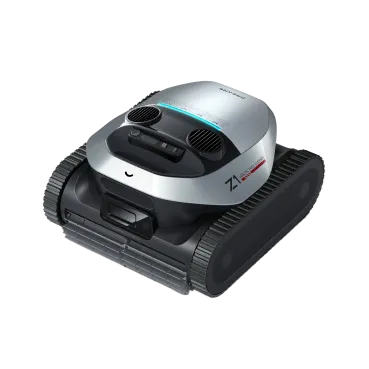









 Australia
Australia 中国大陆
中国大陆 日本
日本


 Türkiye
Türkiye


 Italia
Italia
 Netherlands
Netherlands Belgium
Belgium
 Greece
Greece Polska
Polska
 Norway
Norway
 Sweden
Sweden
 Finland
Finland
 Denmark
Denmark
 Hungary
Hungary Czechia
Czechia
 Slovenia
Slovenia
 Croatia
Croatia
 Switzerland
Switzerland United
Kingdom
United
Kingdom
 Canada
Canada








